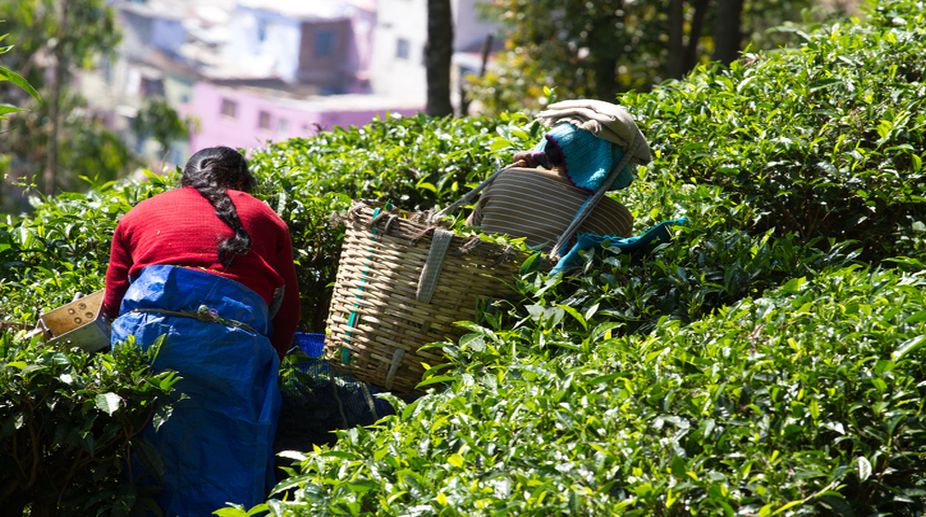With anticipated supply side issues in Sri Lanka and Kenya, tea realisations in the current year are expected to remain buoyant following higher demand for tea, ratings agency ICRA said on Friday.
"Initial weather forecasts indicate lower rainfall in Kenya during the first quarter of 2017, which is likely to impact production from the region. Since Kenya is the largest exporter of black tea, its production levels have a significant bearing on the availability of tea in the global market," company's Vice President and Sector Head (Corporate Sector Ratings) Kaushik Das said.
He also said that Sri Lankan production, which is primarily of the orthodox kind, is likely to continue to remain under pressure, leading to increased export demand for Indian orthodox tea.
"Such supply-side issues are likely to have a favourable impact on both international and domestic tea realisations," Das said.
However, buying patterns across tea segments, which had witnessed a considerable change in 2016, will remain a key determinant of the overall price trajectory in the current year as well, the research note said.
During 2016, the aggregate tea production across India, Kenya and Sri Lanka increased by around 3.5 per cent, primarily due to a surplus in the Kenyan crop.
Indian production during the last calendar year was also up by around 2.5 per cent. The Sri Lankan crop, on the other hand, witnessed a steep decline of around 11 per cent.
Das said an increased proportion of lower quality CTC tea purchases in 2016 led to a rise in prices for lower segment CTC teas, which, in turn, supported overall CTC realisations.
Despite the buoyancy in prices, continuing cost pressures with the increase in wage rates are likely to keep the margins and debt coverage indicators of bulk tea producers under check.
Over the last two years, the cost of tea production saw an increase on account of increased labour costs.











